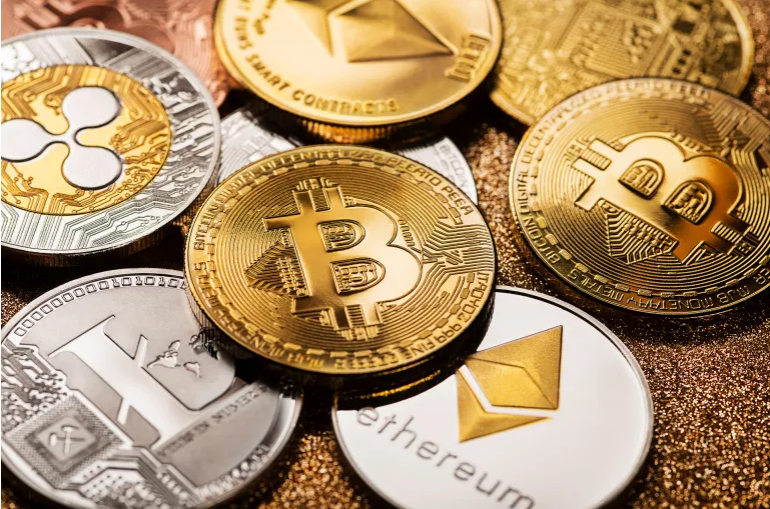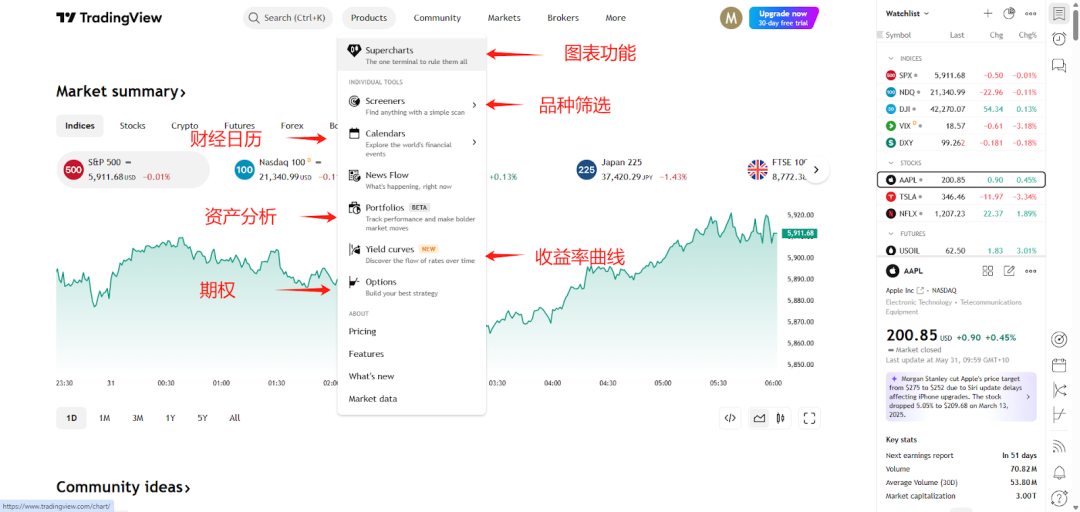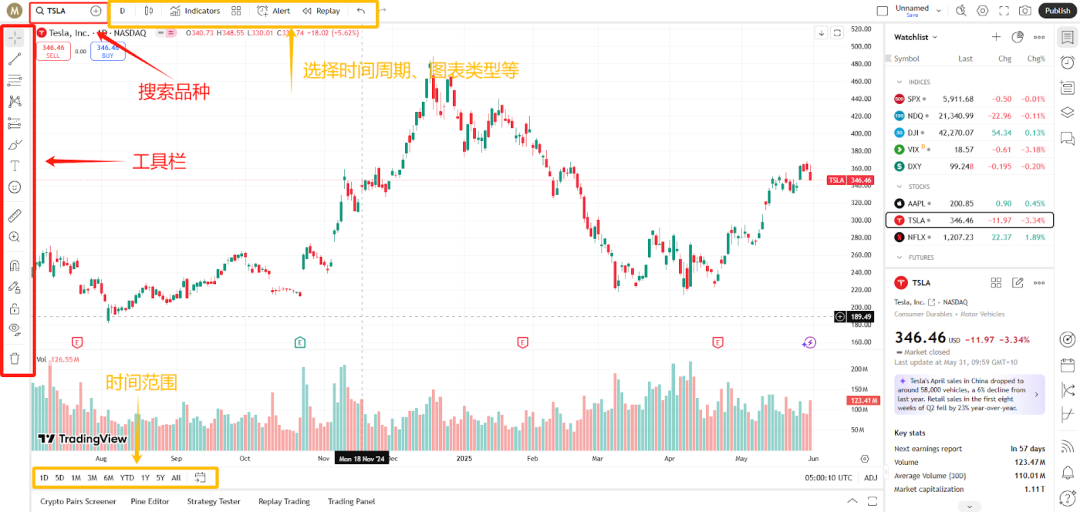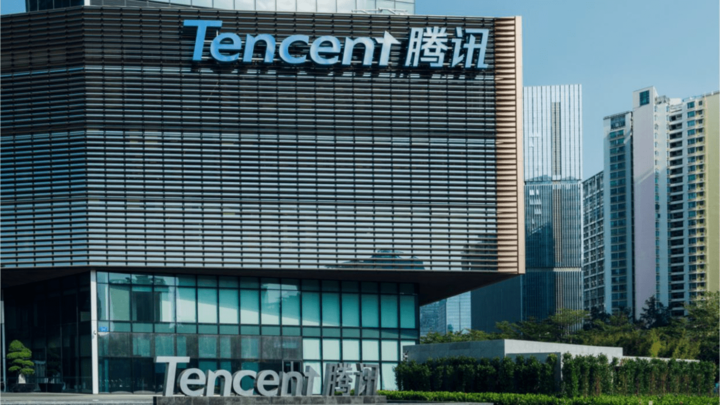热门话题在风起云涌的加密货币世界中,少数人敢于挑战未知,冒着巨大风险追求更大的回报。今天,就让我们一起探讨一下这位加密领域的领军人物——Sam Bankman-Fried(SBF)的故事,看看“赌徒”心态在投资世界中是如何成为一把双刃剑的。

Sam Bankman-Fried。1992 年出生于加利福尼亚,在美国长大。在毕业之后,SBF进到了华尔街一家叫做Jane street 的自营性质的交易公司进行ETF的交易,在此期间为公司开发了各种的算法和交易策略。他还获得了风险管理和优化投资组合方面的经验,这些经验后来为他在加密货币行业的工作提供了信息。在2017年,SBF成立了自己的量化公司Alameda Research。因为当时加密货币监管,信息差等问题,疯狂套利赚钱,并且开发改进了交易策略。在2019年,SBF成立了自己的加密货币交易所FTX,也创造了原生加密币FTT。但是,SBF在客户不知情的情况下,SBF让FTX借了超过80亿的资金给Alameda Research(AR),让AR去购买自己的加密货币FTT,不断的抬高自己的FTT价值,吸引更多的投资者。FTX再把客户和投资者的钱借给AR,再去加密货币市场上进行套利操作。而且不只于此,AR也私自借了超过五亿美金给SBF本人去购买Robinhood 股票。但是Luna币的崩盘,加上加密货币的不景气,单只FTX出现了挤兑,并且宣布了破产。近期也是在进行最终审判。那么今天讲的故事就是,SBF在Jane street实习期间发生的故事。SBF和同期实习生被Jane street 教育要学会如何思考,鼓励对赌。无论进行什么样的比赛都可以。但是,当天的最大亏损不可以超过100美金。突然有一天,有一个赌局出现,SBF对手方Asher Mellman。赌局内容:双方达成一个65美元的协议:如果任何实习生当天的亏损超过了65美元,Asher需要支付给SBF超出的部分;而如果所有实习生的亏损都没有达到65美元,SBF则需要补偿Asher 65美元减去最大亏损的差价。也就是,如果一个实习生的亏损达到100美元,那么SBF会收到额外的35美元;反之,如果实习生的最大亏损只有50美元,那么SBF需要给Asher 15美元。我们首先来看这个赌局:
- 单日最大亏损为100美金
- 对于SBF而言,本次赌局最大盈利为35(100-65)美金,最大亏损为65美金
- 对于Asher 而言,本次赌局最大盈利为65美金,最大亏损为35美金
单从数据上来看,SBF的盈亏比相当不合适,这是一个处于完全下风的赌局。然而,我们忽略了一个问题,就是亏损概率。因为没办法拿到近期实习生最大亏损的数据,所以只看盈亏比来说,SBF处于被动。然而SBF不可能甘心与如此被动。于是他开了一个新赌局:抛硬币赌局。如果在场任何实习生愿意抛硬币,无论输赢,都会给参与者1美元的奖励,赌注为98美元。那么我们分析下这个新赌局。掷一个硬币:胜率为50%,亏损率为50%。对于任何参与者:目标盈利 = 0.5 × 98 + 0.5 × (-98) + 1 = 1美金。我们再来看看新赌局加入后,SBF和Asher发生了怎么样的变化。对于SBF:如果SBF赢了,利润是98+(98-65) -1 = 130美金如果SBF输了,利润是-98+(98-65)-1 = -66美金目标利润 = 0.5 * 130 + 0.5 * (-66) = 32美金之前:SBF的最大利润是35美金,最大损失是65美金 --> 现在最大利润是130美金,最大损失是66美金对于Asher:如果SBF赢了,利润是-33美金如果SBF输了,利润是-33美金之前:Asher的最大利润是65美金,最大损失是35美金 --> 现在最大利润是-33美金,最大损失是35美金。SBF在可能亏损增加1美金的情况下,把可能收益从最大35变到了130美金。按照概率来算,目标利润变成了32美金。而Asher,无论这个硬币赌局如何发展,他都会亏损超过33美金。然而有意思的事情开始了,SBF运气很好,一开始就赢了第一局。然而他也并没有停止。继续开了下一局,抛硬币赌注一点点上涨。于是连赢三局后,在四局输了。

此时,SBF的收益最终变成了227.25美金。而Asher 为亏损34美金。理论上,如果SBF一直赢,那么他可以赢光所有实习生当天的钱,而最大亏损也就是66美金。我们现在设想一个假设,如果Asher亲自参与比赛,结果如下:对于SBF:如果赢了,利润=130美金,但每日亏损上限为100美金,所以利润为100美金。如果输了,损失=66美金。对于Asher:如果赢了,利润=98-(98-65)+1=66美金。如果输了,损失=100美金。对于SBF:预期利润=0.5100+0.5(-66)=17美金。对于Asher:预期利润=0.566+0.5(-100)=-17美金。那么当他亲自下场,SBF目标利润有所下调,但是Asher还是会输。因此,之前未知概率,盈亏比不合适的赌局一下子被SBF转变为,概率已知,盈亏比非常合适的赌局中。杀的Asher片甲不留。从这个时间我们可以发现的是,SBF非常会管理预期,无论是自己的还是对手的。实际上在这个事件上没问题,因为上限100美金,而且还是自己的钱。但是如果说换一个情形,这赌注的资金有一部分是借的,那么这个赌局的就会变得更复杂,更接近于现实情况,这个时候,对于SBF 不仅是 FTX 交易所的创始人,更是一位敢于在加密货币市场上大胆投资的人。他的成功并非偶然——这是对市场极度敏锐的洞察力与不畏风险的“赌徒”心理的完美结合。然而,“赌徒”心态是一把双刃剑。一方面,正是这种高风险、高回报的策略使得 SBF 能够在瞬息万变的加密市场中脱颖而出,实现了他的财富积累。另一方面,这种策略同样伴随着巨大的风险——市场的不确定性意味着每一次投资都可能导致失败和财富的损失。SBF 的故事教会我们一个重要的教训:在投资世界中,我们必须学会平衡。我们可以从他的故事中学习到,冒险是必要的,但过度的“赌徒”心态可能会导致灾难性的后果。智慧在于,知道何时冒险,何时保守。投资不是赌博,它需要的是策略、耐心和知识。让我们从SBF的故事中汲取智慧,学会在“赌徒”心态和谨慎决策之间找到自己的平衡点。这样,我们或许都能在各自的领域中,找到属于自己的成功之路。风险的把控,资金量的控制和运用也是必不可少的。免责声明:GO Markets分析师或外部发言人提供的信息基于其独立分析或个人经验。所表达的观点或交易风格仅代表其个人;并不代表GO Markets的观点或立场。联系方式:墨尔本 03 8658 0603悉尼 02 9188 0418中国地区(中文) 400 120 8537中国地区(英文) +248 4 671 903作者:Neo Yuan | GO Markets 分析师
















.jpg)
.jpg)





